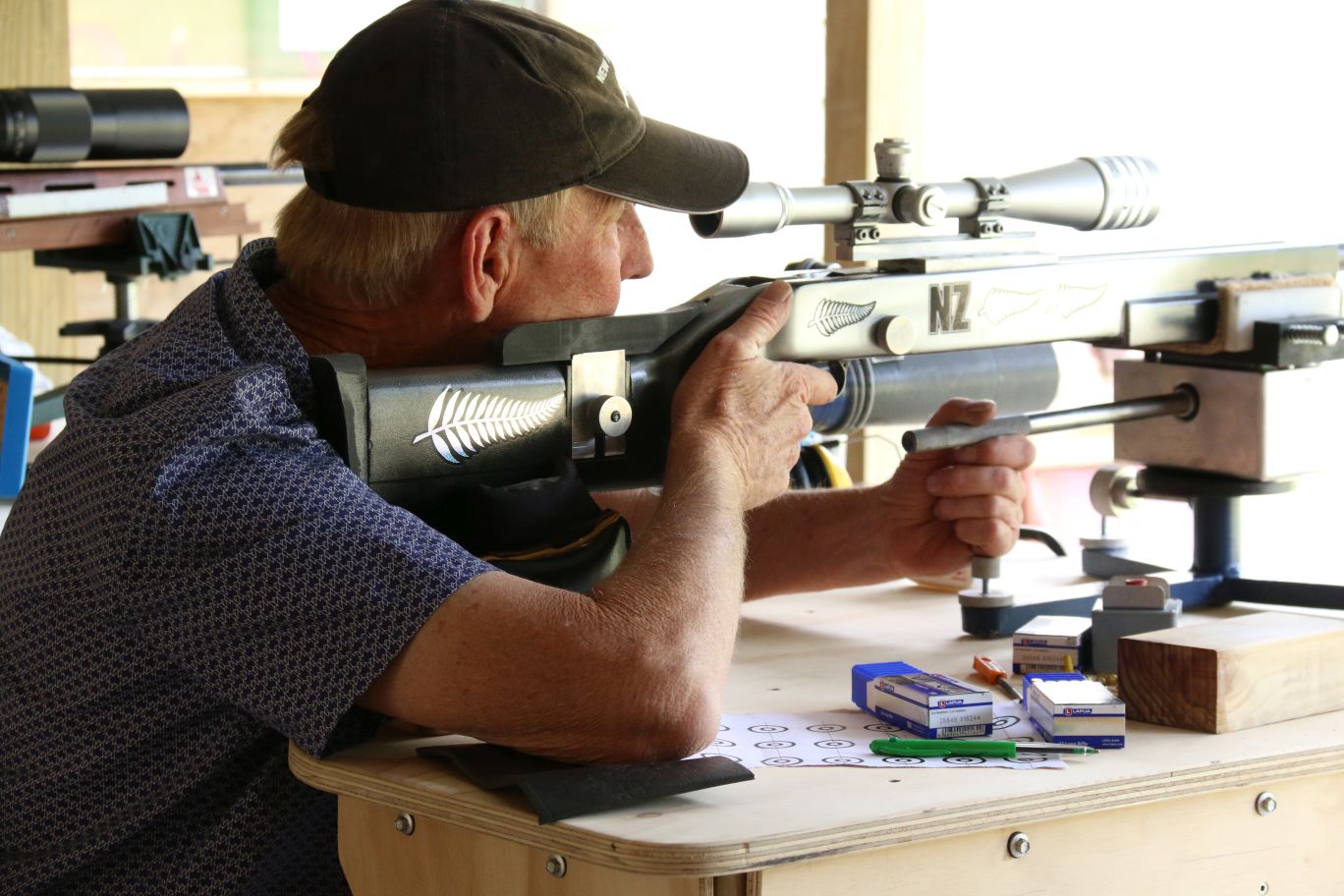OAP
In rimfire shooting, there is little you can do to work on the compatibility of rifle and ammunition except to try a box of every brand and variation you can find. Clean the barrel between each box and fire ten fouling shots before you start to measure group sizes. Keep to groups of five shots as three is not enough for any irregularities to show up. Use a steady front and back rest and do the testing in an indoor club range to eliminate any wind or lighting anomalies. Record the resulting group sizes and brand for future comparison. And file the targets so you can revisit them.

Once you have sorted out the best combination, you can start to work on the rifle. If it is a heavy barrel competition rifle, such as a Walther KK, Feinwerkbau or Anschutz, there is little further inexpensive development you can do. You have probably achieved 99.5% of the potential of your rifle. For further development, you need a big budget for barrel tuners. I am not into that.
I am currently working on improving my new CZ457MTR which is nearly good enough. I have lightened the trigger to around 8 oz with a new spring and adjusting the sear. It likes the cheapest ammo which is only a practice grade, not a competition grade.
Fullbore
This is a completely different species and there are many elements that affect accuracy. Howa claims that their rifles are good for half a moa with the right ammo.
So what do you need? A good well-built press and dies, primers, projectiles, cases and powder, digital scales sensitive to 1/10 gr, a good reloading manual for the recipe. A set of callipers sensitive to 0.0005″ to check the overall length and seating depth, chamfer tool and priming hand press.
Heavy barreled rifles are simpler to load for, as they have relatively few peculiarities, as I have found with the 6 mm PPC. With trial and error, and help from other competitors, I have settled on a satisfactory combination of case, powder, primer and projectile.
The light barrelled sporting rifles, such as my 6.5 mm Grendel, have problems, but more on that later.
Loading Procedure.
First sort your cases for weight (to the nearest grain) and length, trim as needed and chamfer the throats to assist seating. Prime the cases. Select a powder to match the weight of the projectile that suits your purpose, weigh the powder starting with the minimum recommended load and then seat the projectile, matching the depth of a factory load to start with. Load 5 of each powder weight and label them. Increase the charge by half a grain for the next five and so on. Test fire them, noting the size of each group and pick the best one to go with. It’s simple really.
This will give you a useful combination, but not for target competition.
Please share so others can discover The BFD.

